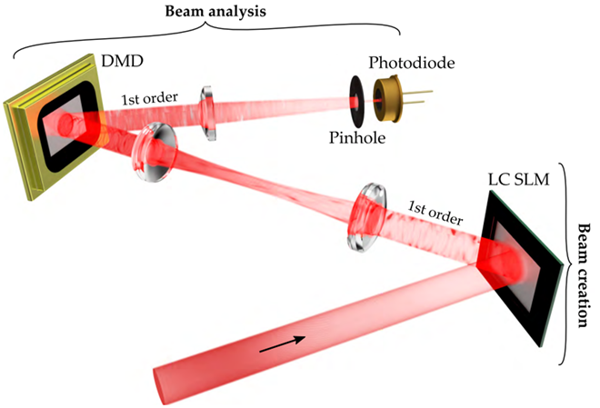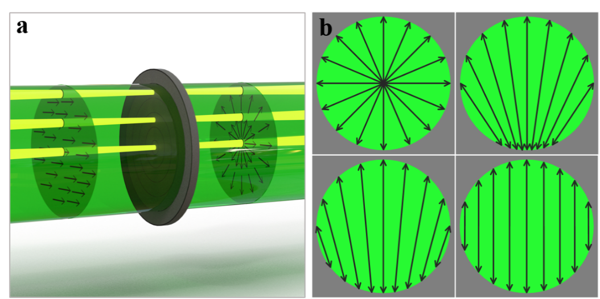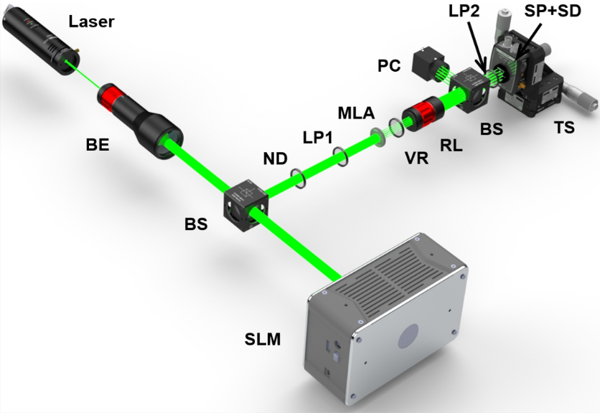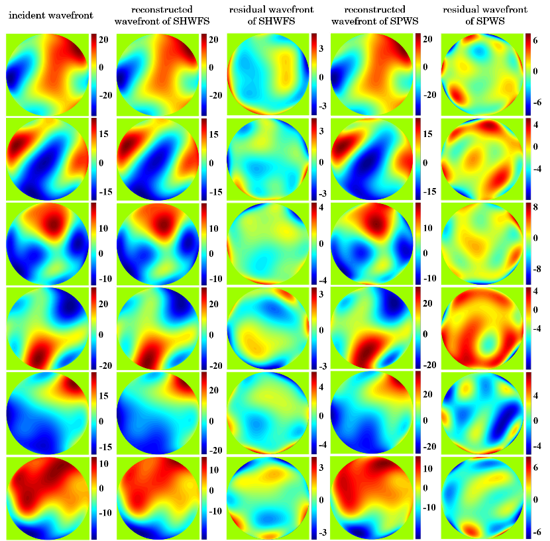Vectorial polarization modulation: booster for single-pixel wavefront sensing
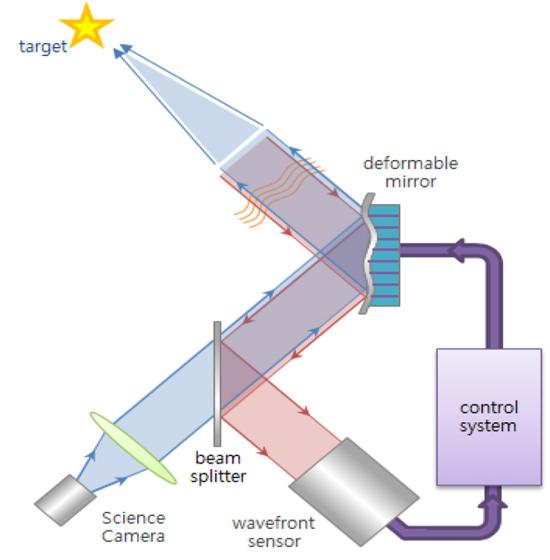
Fig .1 Schematic diagram of typical adaptive optics system structure
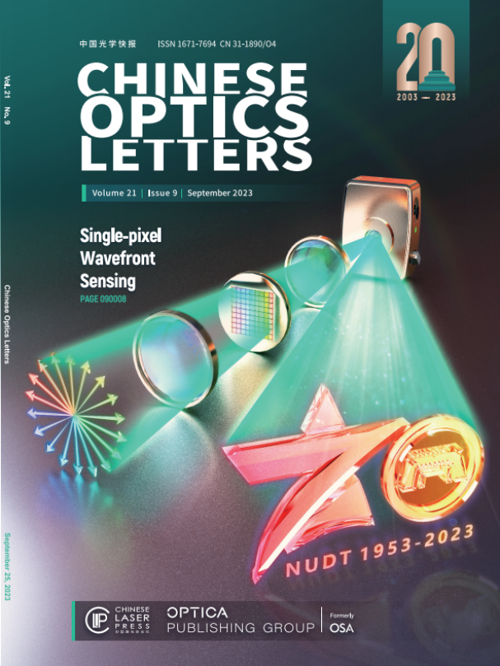
On the Cover of Chinese Optics Letters Volume. 21 Issue. 9
Adaptive Optics (AO) technology, through real-time detection and compensation of wavefront distortion, can effectively correct the influence of random wavefront distortions such as atmospheric turbulence on the propagation of light beams. It has wide applications in areas such as astronomical telescopes, optical communication systems, and lidar. The wavefront sensor is a core component of the adaptive optics system, with its measurement accuracy directly determining the subsequent distortion compensation effect. Among them, the Shack-Hartmann Wavefront Sensor (SHWFS) has become the most widely used wavefront sensor due to its simple structure and high sensitivity. However, traditional SHWFS, constrained by the working mechanism of the pixelated detector, reveals issues such as low signal-to-noise ratio and limited dynamic range in dim detection environments. Also, for the increasingly urgent demand for non-visible light wavelength, traditional SHWFS cannot accomplish the wavefront sensing task well (as shown in Fig. 1).
The Single-pixel Detector (SD), also known as point detector, unit detector, or single-channel detector, is a photodetector used to detect light intensity. High-performance SDs (such as photomultiplier tubes, avalanche diodes, superconducting nanowire single-photon detectors, etc.) have achieved many successful explorations in extremely weak light and low signal-to-noise ratio imaging fields due to their inherent advantages of high gain, high sensitivity, and wide spectral response. They are expected to replace the pixelated detector in SHWFS, thus helping AO systems overcome the challenge of dim detection. However, the excellent performance of SD comes at the cost of sacrificing the spatial resolution, and its image resolution and imaging speed are often not achievable simultaneously, which to a certain extent hinders the application of SD in AO systems.
Recently, the research group of Professor Xu Xiaojun from the National University of Defense Technology has utilized the continuity and symmetry of the vectorial polarized light field to achieve two-dimensional polarization encoding and efficient polarization decoding of the incident wavefront information. This method skips the imaging stage, which the SD is not good at, and directly uses its excellent light intensity detection capability to achieve stable and efficient wavefront reconstruction. Experimental results show that this method can help traditional SHWFS get rid of the dependence on pixelated detector, offering a practical solution for the application of AO systems in dim scenarios. This work was published in Chinese Optics Letters (Wunan Li, Yu Cao, Yu Ning, Fengjie Xi, Quan Sun, Xiaojun Xu. Single-pixel wavefront sensing via vectorial polarization modulation[J]. Chinese Optics Letters, 2023, 21(9): 090008) and was selected as the cover of the issue.
After vectorial polarization encoding, light spots at different spatial positions carry different polarization distributions. Owing to its absence of spatial resolution, the SD performs an automatic weighted average during the polarization decoding process. This is influenced by factors such as the size, shape, and light intensity distribution of the light spots. Consequently, it derives two dimensions that depict the polarization distribution — the overall polarization angle (OPA) and the reverse polarization degree (RPD). Thanks to the periodically and symmetrically designed vectorial polarized light field, each light spot can find a unique set of polarization dimension values in the polar coordinate system, i.e., the coordinates of the polarization centroid.
The research work used the Kolmogorov turbulence model to construct 30 groups of random phase screens, loaded them as the to-be-measured wavefront distortions onto the spatial light modulator of liquid crystal, and simultaneously used the SD and pixelated detector for wavefront detection. Experimental results show that this method demonstrates good reliability and robustness in the measurement and reconstruction of complex wavefronts, with the average root mean square error of residual wavefront being 0.3009λ, only accounting for 13.65% of the average root mean square error of incident wavefront.
Researchers stated that this method is a preliminary exploration of introducing vectorial polarization modulation into the wavefront sensing field and organically combining it with the SD. Currently, there are still issues such as linear polarized light incidence, static wavefront measurement limitations, and applicability to partially coherent fields, etc. In the future, they will continue to exploit the performance advantages of the SD, seek more efficient polarization modulation modes, continuously improve the wavefront detection accuracy and dynamic response ability of the system, and further promote this method towards practicality.


